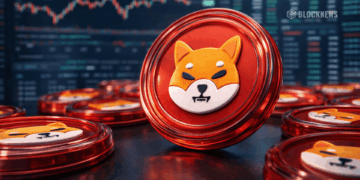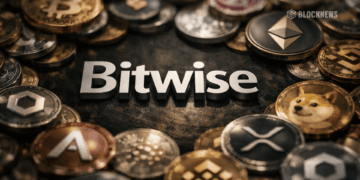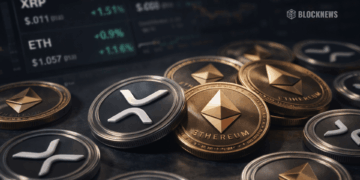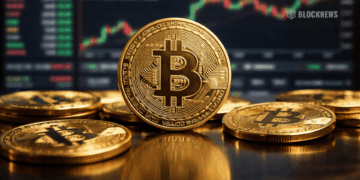- Goldman Sachs is preparing to launch three new tokenization products this year in the United States and Europe
- The products will include an RWA (real-world assets) marketplace and will focus on the fund complex in the US and European debt markets
- Goldman Sachs plans to target financial institutions rather than retail investors with these new products, and will rely exclusively on permissioned blockchains
Goldman Sachs is preparing to launch three new tokenization products in the United States and Europe later this year, according to a recent interview with Mathew McDermott, the bank’s global head of digital assets.
Focus on Real-World Assets and Institutional Clients
The new products will focus on creating marketplaces for tokenized real-world assets (RWAs) and targeting financial institutions rather than retail investors. Goldman Sachs will rely exclusively on permissioned blockchains for these offerings.
According to McDermott, the RWA marketplace will differentiate itself through faster execution times and the ability to use a wider variety of assets as collateral.
Driven by Growing Interest in Crypto
McDermott attributed the momentum behind these new offerings to increasing interest in crypto among Goldman Sachs’ clients. This has been fueled largely by the proliferation of cryptocurrency ETFs, with nearly a dozen Bitcoin ETFs launching since January.
Ether ETFs are also now under review by regulators and expected to start trading soon. Funds dealing in tokenized money market assets like RWAs have seen rapid growth recently as well.
Expansion Possible Under New Administration
The bank’s opportunities in crypto could expand further after the upcoming US presidential election if it leads to a more crypto-friendly regulatory environment. Goldman Sachs may eventually seek approval to provide services like trade execution and sub-custody for digital assets.
Conclusion
The planned tokenization products mark a major expansion of Goldman Sachs’ crypto offerings as it seeks to capitalize on rising institutional demand. By dealing exclusively in regulated assets and targeting institutional clients, the bank aims to generate new crypto-driven revenue streams while minimizing regulatory risk. The ultimate scope of its crypto business, however, may depend on the policy agenda of the next presidential administration.














